In today’s world of affordable travel, budget airlines have revolutionized the way people explore the globe. Offering rock-bottom prices on flights that were once out of reach for many, budget carriers like Ryanair, EasyJet, Spirit Airlines, and Southwest Airlines have made air travel accessible to millions of travelers. But have you ever wondered how these airlines manage to keep fares so low?
Behind those enticingly cheap flights lies a complex and finely tuned pricing strategy that allows budget airlines to operate profitably while offering fares that often seem too good to be true. In this blog, we’ll take a deep dive into the pricing tactics that budget airlines use to keep fares low, revealing the hidden mechanisms and the trade-offs that make those $29 or $49 tickets possible. From unbundling services to fleet efficiency and dynamic pricing, here’s everything you need to know about how budget airlines make air travel affordable.
The Rise of Budget Airlines: A Brief Overview
Before we get into the strategies, it’s important to understand the context behind the rise of budget airlines. Low-cost carriers (LCCs), also known as budget airlines, emerged in the 1970s, primarily in the United States with the success of Southwest Airlines. The business model of Southwest Airlines focused on providing a no-frills, point-to-point service, cutting costs wherever possible while ensuring that fares remained affordable for a wide range of travelers.
By the 1990s, the low-cost airline model had spread to Europe with the launch of Ryanair and EasyJet, and soon after to Asia and beyond. Budget airlines thrive on their ability to streamline operations and reduce overhead, creating a leaner and more cost-effective way to run an airline. But to offer such low fares, these airlines had to get creative with their pricing and operational strategies.
Key Pricing Strategies of Budget Airlines
Now, let’s explore the various pricing and operational tactics budget airlines use to keep their fares as low as possible.
1. Unbundling of Services: Pay for What You Use
Perhaps the most significant factor behind low fares on budget airlines is the unbundling of services. Traditional airlines often offer an “all-inclusive” ticket price that includes things like checked bags, meals, and seat selection. Budget airlines, on the other hand, sell these services separately. This means that passengers only pay for the base fare (essentially the seat), and everything else comes at an additional cost.
- Checked Luggage and Carry-Ons: While traditional carriers might include one or two checked bags in the ticket price, budget airlines typically charge for all baggage, including carry-on luggage. This can help keep base fares low while generating revenue from travelers who need to bring luggage.
- Seat Selection: If you want to choose a specific seat—whether it’s a window seat, an aisle seat, or extra legroom—you’ll need to pay extra. This allows budget airlines to offer cheap fares for those who don’t mind where they sit but charge a premium to those who prefer to choose their seat.
- Food and Drink: Instead of offering complimentary meals or snacks, budget airlines charge passengers for all food and beverages on board. This not only reduces operational costs but also generates additional income from passengers who want to eat or drink during their flight.
By unbundling these services, budget airlines create a “bare-bones” fare that is extremely low but can rise significantly depending on the extras a passenger chooses. This allows them to attract price-sensitive travelers while maximizing revenue from those willing to pay for comfort and convenience.
2. Dynamic Pricing: The Art of Supply and Demand
Like most airlines, budget carriers use dynamic pricing to adjust ticket prices based on real-time demand, booking patterns, and availability. However, budget airlines often take this strategy to the extreme, with fares fluctuating significantly depending on factors like:
- Time of Booking: The earlier you book, the cheaper your fare is likely to be. Budget airlines use aggressive pricing in the early stages of a flight’s availability to attract bookings and fill the plane quickly. As the flight date approaches and more seats are sold, the price typically rises.
- Demand Trends: Budget airlines monitor trends in demand for specific routes and flights and adjust prices accordingly. For instance, flights to popular vacation destinations during peak holiday seasons will see a significant price hike as demand increases, while midweek or off-peak flights will be cheaper.
- Competitor Prices: Budget airlines are highly competitive and constantly monitor fares offered by other airlines on the same or similar routes. They adjust their prices in real time to undercut competitors and attract price-conscious travelers.
The goal of dynamic pricing is to maximize revenue while ensuring planes are as full as possible. By offering lower fares early and increasing prices as demand rises, budget airlines can fill seats and earn the maximum revenue from each flight.
3. High Load Factors: Flying Full Planes
Budget airlines place a strong emphasis on achieving high load factors, meaning they aim to have as many seats as possible filled on each flight. A flight that is 90% full is far more cost-effective than one that is only 60% full because the fixed costs of operating the flight (fuel, crew, airport fees) are spread across more passengers.
To ensure high load factors, budget airlines employ the following tactics:
- Frequent Flights on Popular Routes: Budget carriers tend to operate frequent flights on high-demand routes (e.g., between major cities or tourist destinations), allowing them to fill planes with ease.
- Limited Number of Routes: Rather than offering a wide range of international destinations, budget airlines focus on a smaller network of routes where demand is guaranteed. This allows them to run more efficient operations and keep planes full.
- Flash Sales and Promotions: To fill remaining seats, budget airlines often run flash sales or last-minute promotions offering incredibly low fares on flights that are underbooked.
By maintaining high load factors, budget airlines ensure they are getting the most value out of each flight, allowing them to offer lower fares without sacrificing profitability.
4. Streamlined Operations: Efficiency is Key
Efficiency is at the core of the budget airline business model. From fleet management to turnaround times, budget carriers cut costs wherever possible to keep fares low and profits high.
- Single Aircraft Type: Most budget airlines operate a single type of aircraft—such as Ryanair’s exclusive use of the Boeing 737 or EasyJet’s reliance on the Airbus A320. This simplifies maintenance, training, and operations, as the airline only needs to service and staff one type of plane, resulting in significant cost savings.
- Quick Turnarounds: Budget airlines focus on minimizing the time planes spend on the ground between flights. By optimizing boarding processes and reducing the time spent cleaning or refueling, budget carriers can increase the number of flights each aircraft makes in a day, maximizing their fleet’s utilization.
- Secondary Airports: Instead of flying into major international airports, which tend to have higher landing fees, budget airlines often use smaller, secondary airports located outside major cities. For example, Ryanair frequently flies into Paris Beauvais instead of Charles de Gaulle or Frankfurt Hahn instead of Frankfurt International. These airports are cheaper to operate in, allowing the airline to keep fares low.
- Direct, Point-to-Point Routes: Budget airlines typically avoid the traditional “hub-and-spoke” model that many full-service airlines use, where passengers connect through a major hub to reach their destination. Instead, budget carriers operate point-to-point routes, flying directly between two cities. This reduces costs associated with connecting flights, layovers, and additional airport fees.
5. Ancillary Revenue: Selling More Than Just a Seat
One of the biggest contributors to the profitability of budget airlines is ancillary revenue, which refers to the money they make from selling additional services beyond the base ticket price. This includes:
- Baggage Fees: Charging for both checked luggage and carry-on bags is one of the primary ways budget airlines boost their revenue. Some budget airlines even have weight restrictions for carry-on bags, with additional fees for exceeding limits.
- Seat Selection Fees: If passengers want to sit together or choose a seat with extra legroom, they often have to pay a fee. Budget airlines charge extra for seats near the front of the plane or for bulkhead and exit row seats that offer more space.
- Priority Boarding: Many budget airlines offer priority boarding for an additional fee, allowing passengers to board the plane first and secure overhead bin space for their carry-on luggage.
- In-Flight Purchases: Everything from food and drink to headphones and in-flight entertainment is sold on budget airlines, often at a premium price. This generates additional income and allows the airline to offer lower base fares.
- Partnerships and Commissions: Budget airlines often partner with hotels, car rental companies, and travel insurance providers, earning commissions for referring passengers to these services when they book their flights.
Ancillary revenue plays a crucial role in the financial success of budget airlines, often making up a significant portion of their total income. By selling extras that passengers willingly pay for, budget airlines can keep their base fares low while still maintaining profitability.
6. No Frills: Bare Minimum Service
Budget airlines are known for their “no-frills” approach to flying. This means they provide the bare minimum in terms of onboard service, cutting costs wherever possible. For example:
- No In-Flight Entertainment: Unlike full-service airlines that offer in-flight entertainment systems, budget airlines often forego these expensive systems altogether. Passengers are expected to bring their own devices or purchase in-flight entertainment separately.
- Basic Seating: Budget airlines typically offer basic, narrow seats with minimal padding and limited legroom. While the seats might not be as comfortable as those on full-service airlines, they are much cheaper to install and maintain.
- Limited Cabin Crew: To save costs, budget airlines tend to operate with fewer cabin crew members than full-service airlines, with crew members often performing multiple roles, such as cleaning the cabin between flights and assisting with boarding.
By keeping services to a minimum, budget airlines can reduce their overhead costs and pass those savings on to passengers in the form of lower fares.
The Trade-Offs: What Do You Lose for a Lower Fare?
While budget airlines offer incredibly low fares, there are trade-offs to consider. Some travelers don’t mind the lack of perks, but others may find the experience less enjoyable. Here are a few common downsides to flying budget:
- Extra Fees: By the time you pay for baggage, seat selection, and other extras, your final fare may be significantly higher than the advertised price.
- Less Comfort: With tighter seating arrangements and fewer in-flight amenities, budget flights can feel cramped, especially on longer routes.
- Secondary Airports: Budget airlines often use smaller airports that are farther away from city centers, requiring extra time and money to reach your destination.
- Limited Flexibility: Budget airlines often have strict cancellation and change policies, making it difficult to adjust your travel plans without incurring additional fees.
Final Thoughts: Why Budget Airlines Keep Winning
Budget airlines have become increasingly popular because they cater to travelers who prioritize low fares over additional services. By stripping air travel down to the essentials and offering passengers the option to pay for extras, these airlines have been able to grow and thrive in an industry notorious for its thin profit margins.
Understanding the pricing strategies behind budget airlines gives travelers insight into how they can take advantage of low fares while avoiding some of the common pitfalls. Whether you’re a frequent flyer or an occasional traveler, flying with a budget airline can offer incredible value—if you know how to navigate the system.
So, the next time you see a $29 flight to a European city or a $49 fare to a domestic destination, you’ll know exactly how those airlines manage to keep their prices so low. And with a bit of planning, you can make the most of your budget airline experience without breaking the bank.
Related stories:
Catch up on the top stories and travel deals by subscribing to our newsletter!

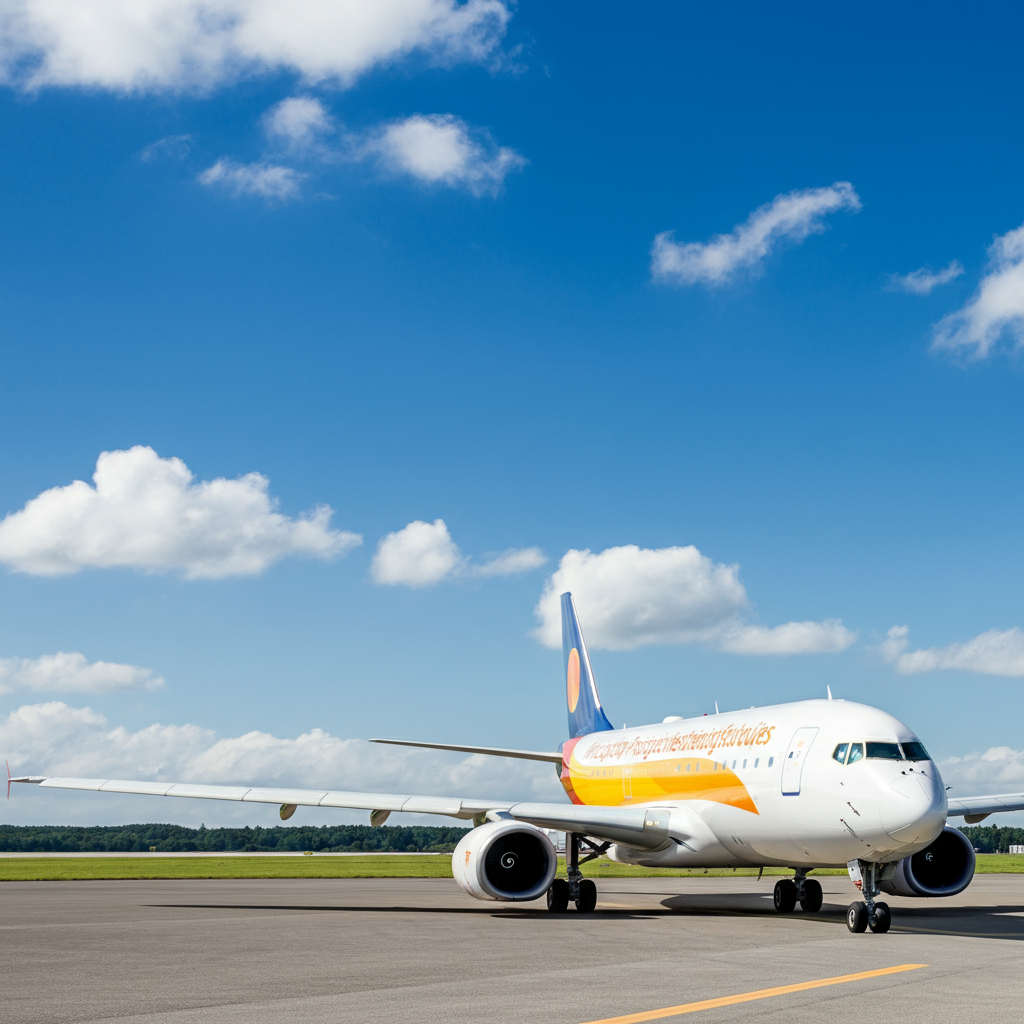

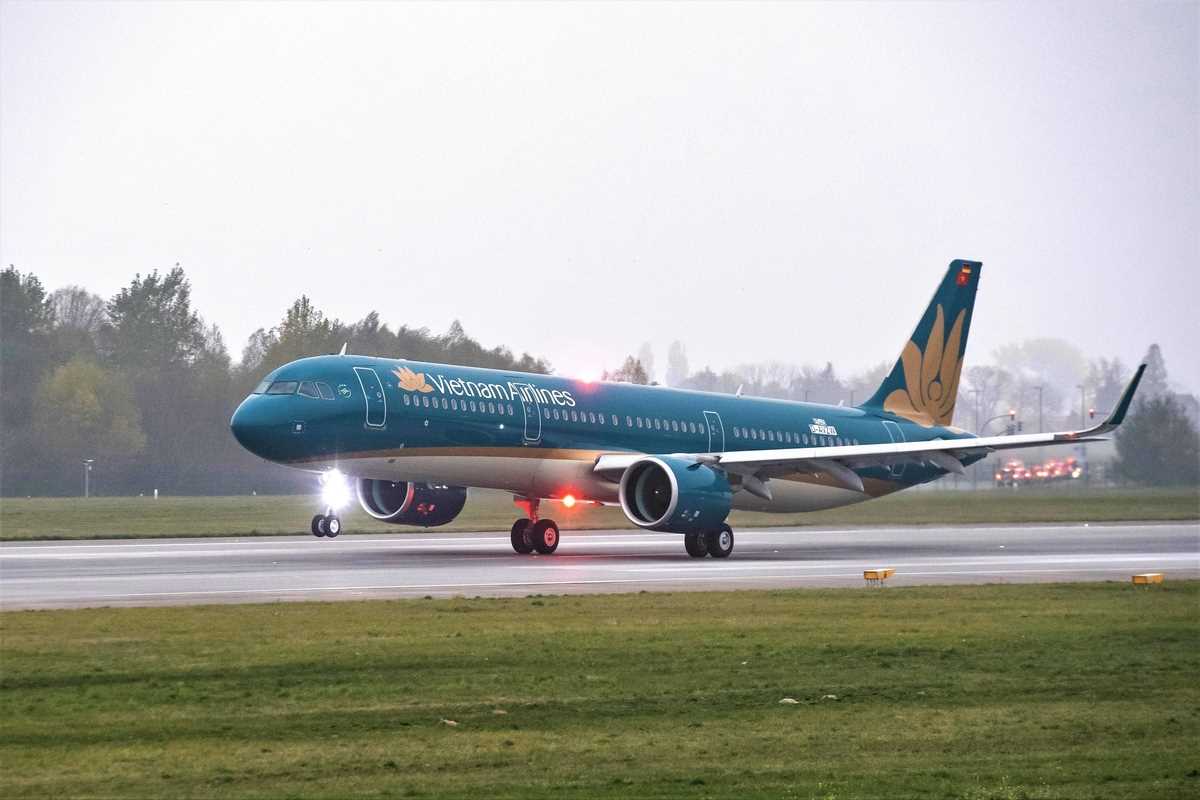
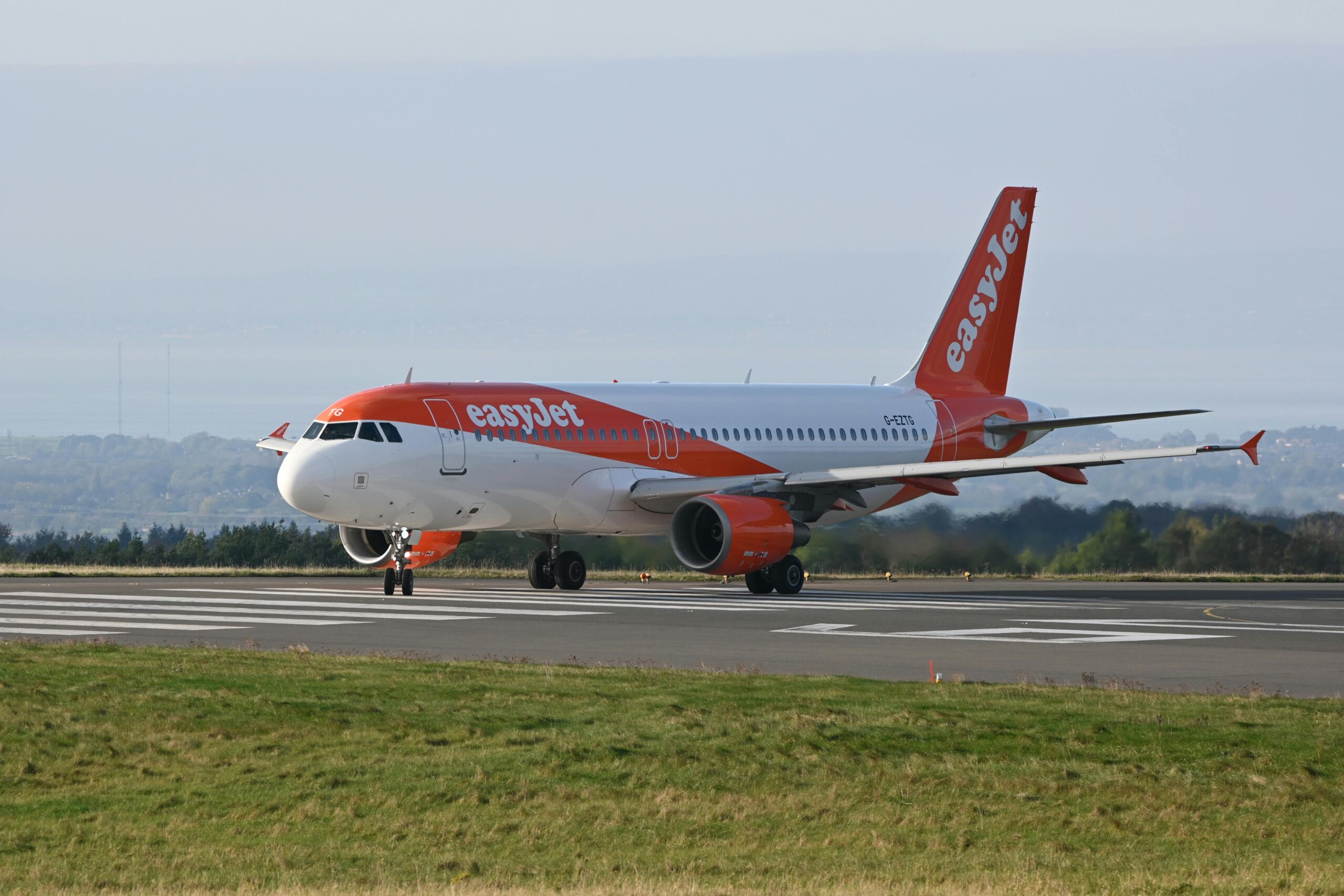
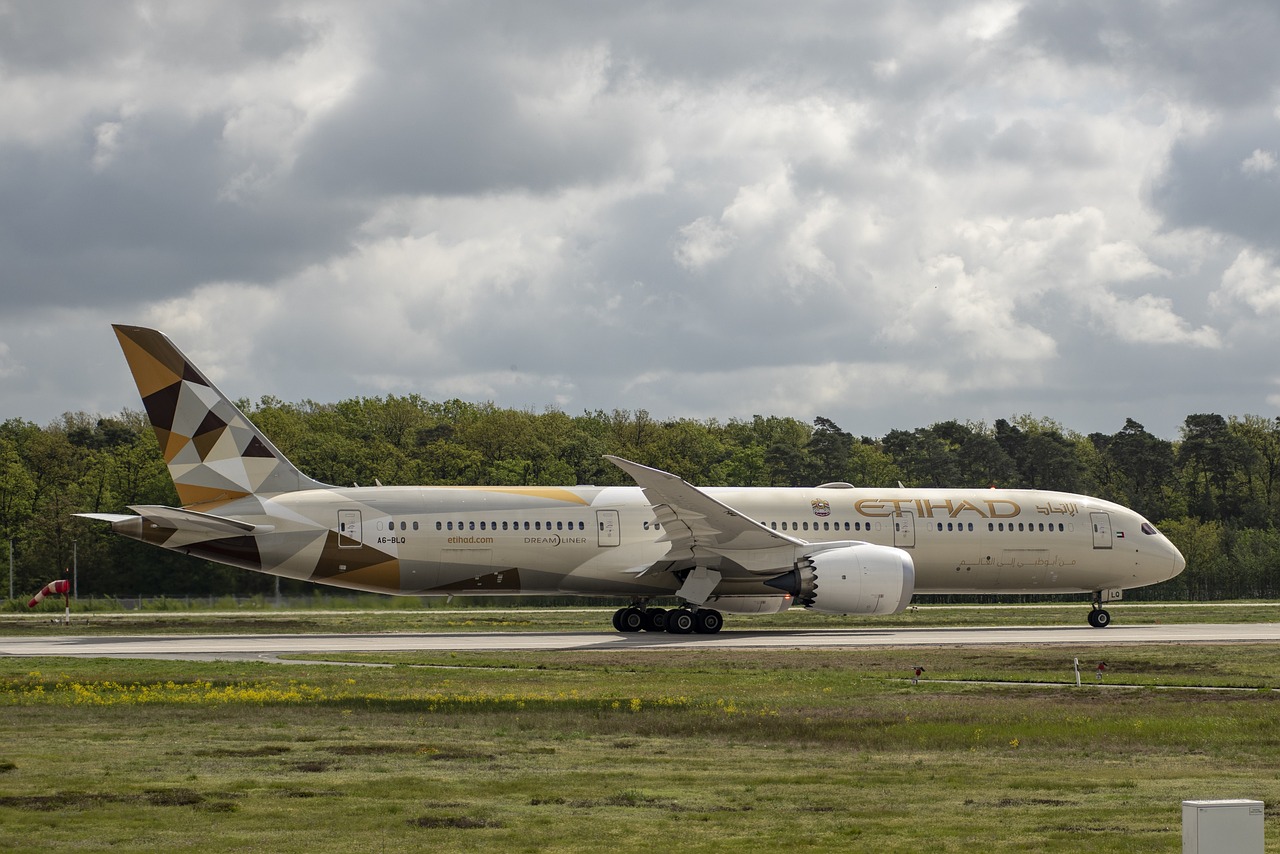
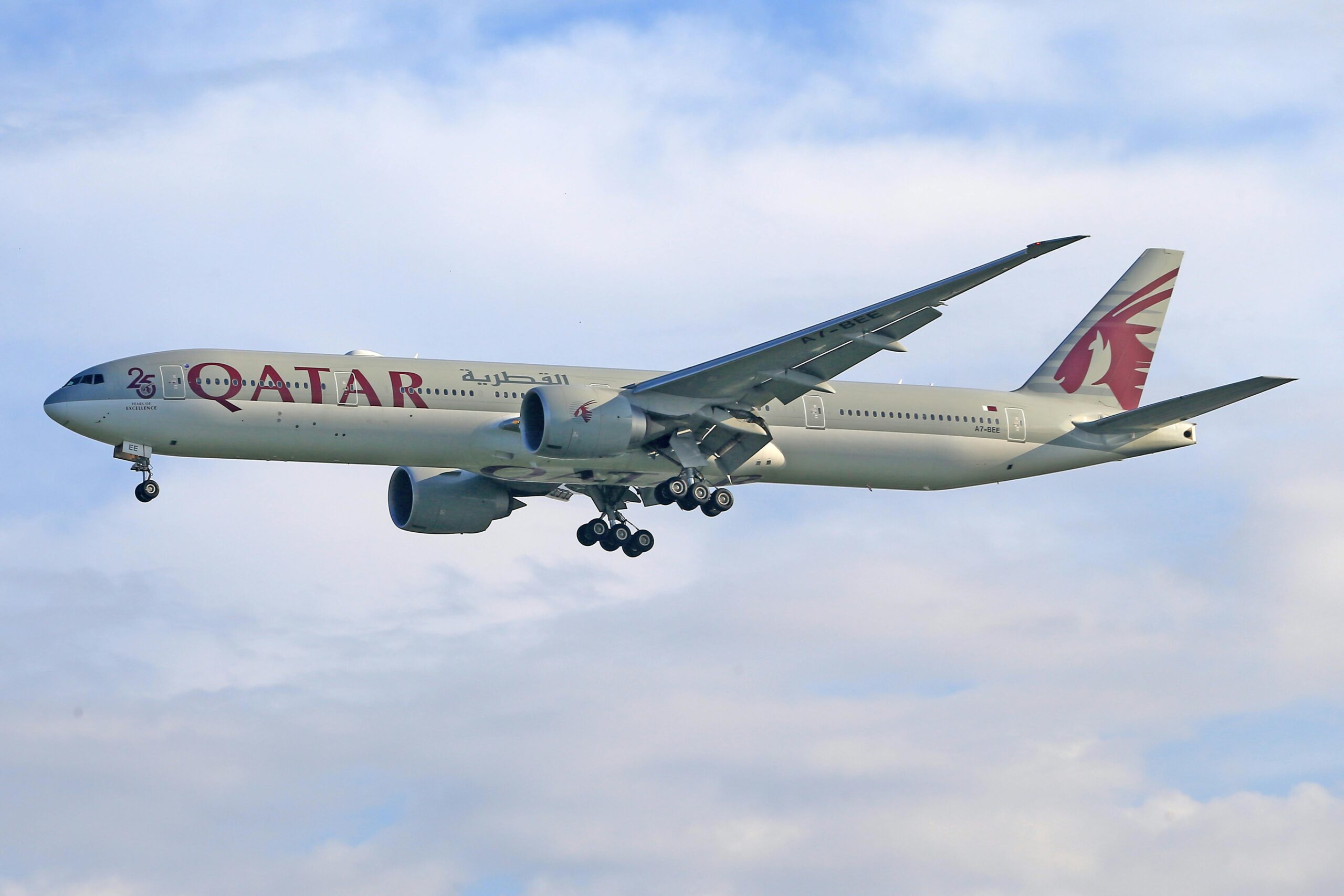
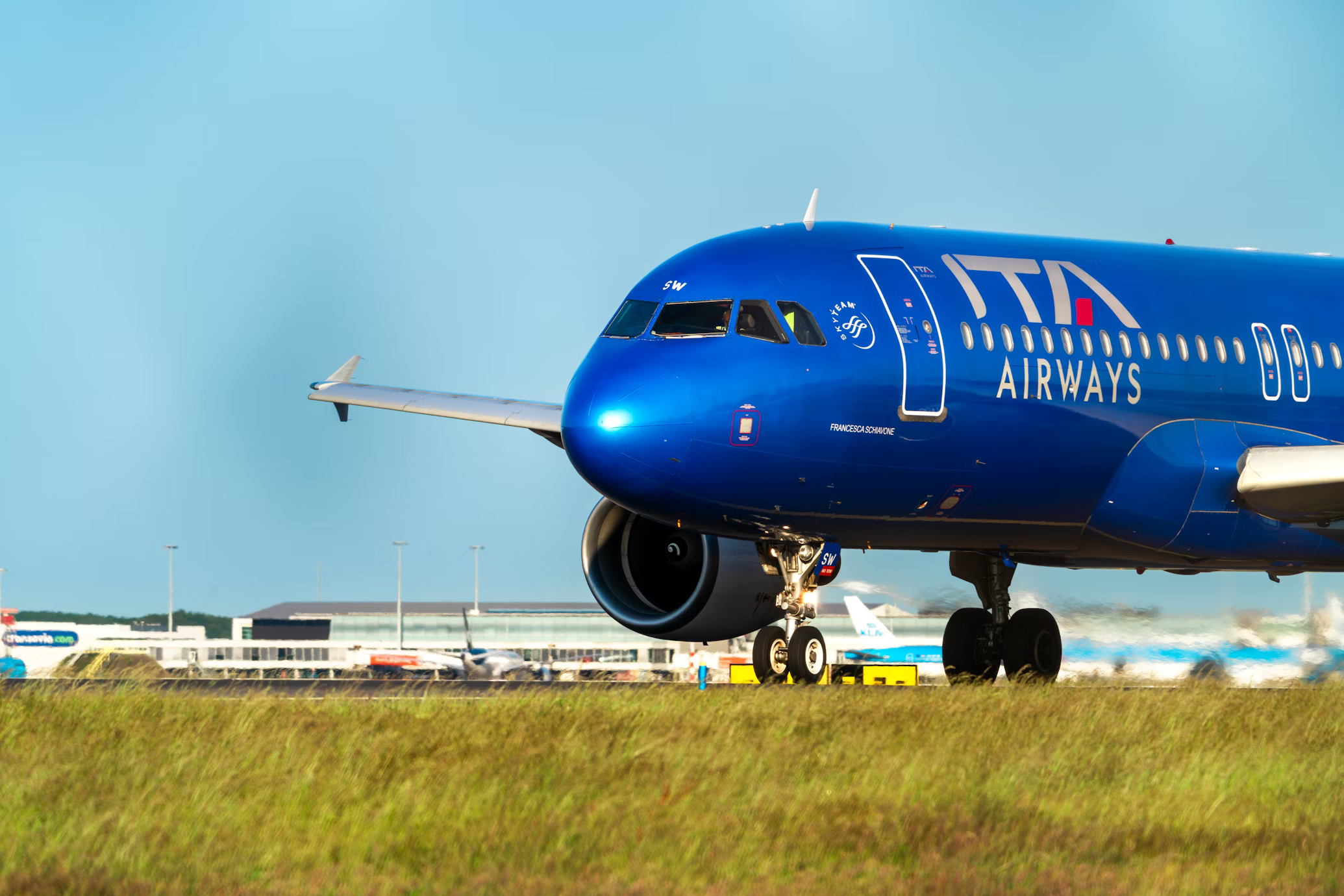

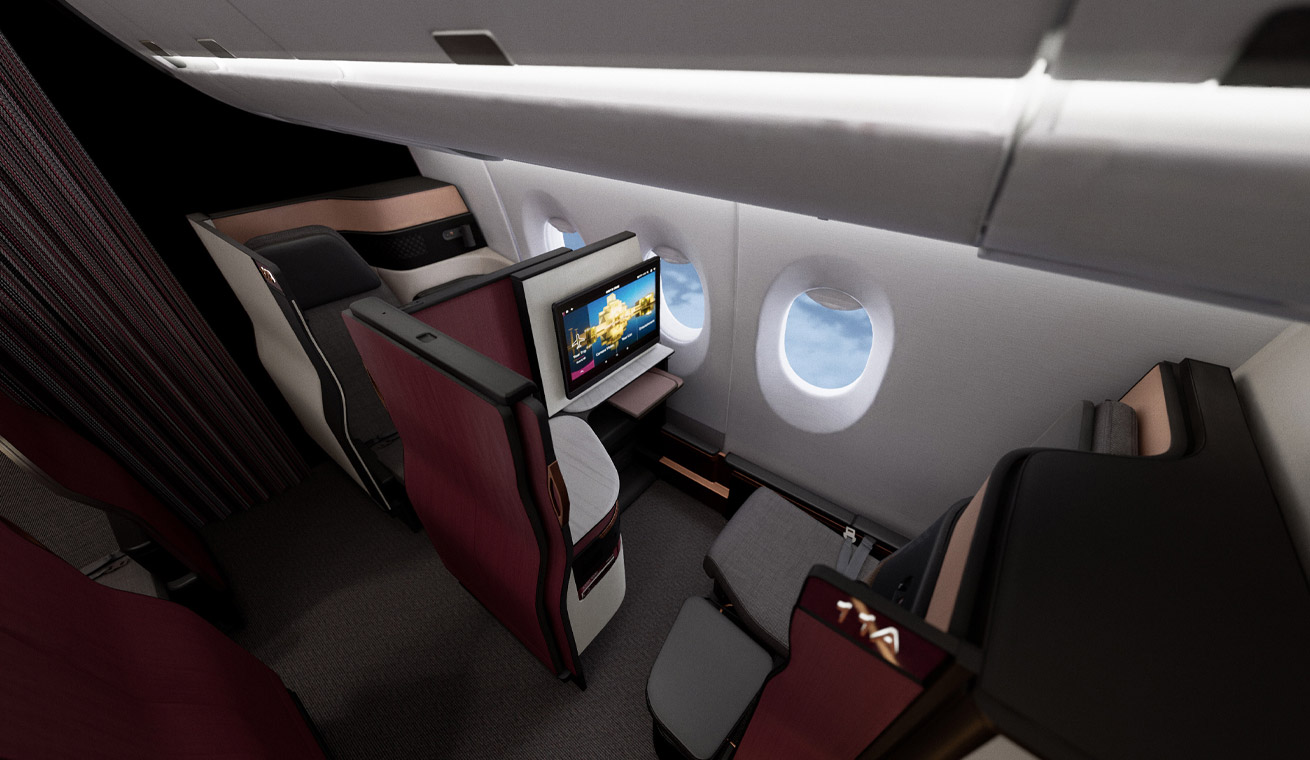


Leave a Reply